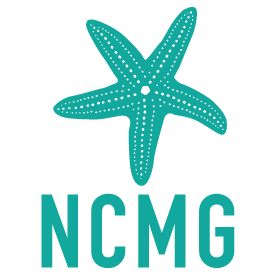AREA of concern
Threatened Grey
Nurse Sharks
Since recovery plans, conservation advice and management strategies have been implemented for shark and ray species listed as threatened under the Environment Protection and Biodiversity Conservation Act 1999 (EPBC Act) there have been no measurable improvements in their status.
They all remain threatened with extinction; none have been downgraded since being listed and several have had their threatened status upgraded by the International Union for the Conservation of Nature (IUCN). N. Rayns, Review of Recovery Planning for Threatened Sharks: Status, Analysis & Future Directions, A report prepared for Australian Marine Conservation Society and Humane Society International December 2019, p.1
The Grey Nurse shark is one of the most critically endangered shark species and one of the first protected sharks in the world.
It was declared ‘vulnerable’ in the waters of New South Wales in 1984 and later throughout the world. Today, the sub-population within Australia is estimated at around only 1500 individuals and is now listed under the International Union for Conservation of Nature (IUCN) Red List as critically endangered.
Grey Nurse Sharks : A second chance By Bill Barker
Grey Nurse Shark in Trouble By Bill Barker
Grey Nurse sharks are particularly vulnerable to threats due to their late maturation and low breeding success. These sharks reach sexual maturity at the age of six to eight years and give birth to only one or two young every second year - the lowest reproductive rate of any shark.
In addition, their limited distribution and specific habitats make it difficult for them to migrate to other areas.
Downloads
There are two populations of Grey Nurse sharks in Australia – the east coast population lives along the coast of New South Wales and southern Queensland, and the west coast population is distributed in the southwest coastal waters of Western Australia.
Divers associated with the NCMG have been undertaking surveys of the number of Grey Nurse sharks at known aggregation sites on the far South Coast, including the Tollgates and Montague Island.



